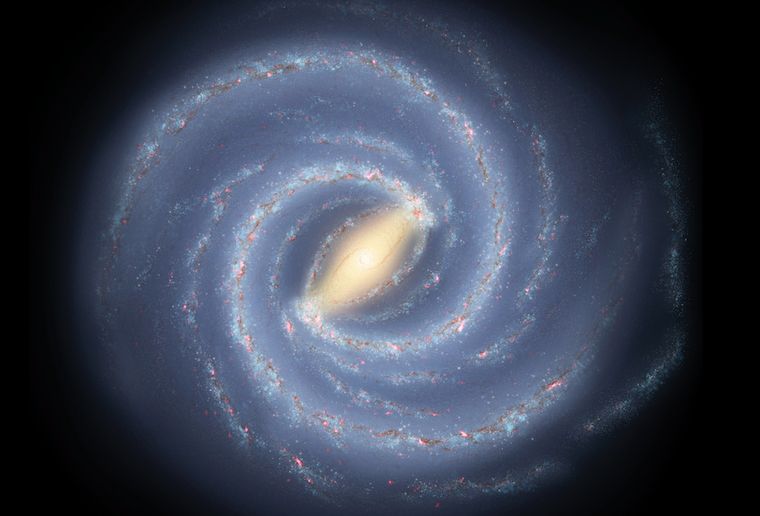
Galaxies are one of the dazzling attraction when anyone points a lens at the sky. With number of shapes and varying sizes, studying galaxies is something that'll keep a researcher busy for a long time.
Galaxies, including our Milky Way Galaxy, grow in size by gobbling up smaller galaxies that happen to come near them as they travel in space. This gobbling up amounts to bigger galaxy incorporating the smaller galaxy in its own structure. The smaller galaxy loses its shape while the bigger one often retains its own.
A study carried out by a team of astronomers led by University of Arizona researcher Catherine Fielder has found that smaller galaxies grow the same way bigger galaxies.
Traditionally, it was thought that smaller galaxies would find it difficult to attract larger galaxies due to their week gravitational pull.
The team of researcher used the Dark Energy Camera or DeCam from Chile's Cerro Tololo Inter-American Observatory to take precise photos of 11 dwarf galaxies.
These observations were made as part of DELVE (DeCam Local Volume Survey).
The photos have revealed never before seen details of a galaxy names NGC 300 which is comparable in mass to Large Magellanic Cloud
The galactic disc of NGC-300 is a bit smaller than that of Milky Way and has only 2 per cent of its stellar mass.
"NGC 300 is an ideal candidate for such a study because of its isolated location," said Fielder
This keeps it free from the influential effects of a massive companion like the Milky Way, which affects nearby small galaxies like the Large Magellanic Cloud. It's almost a bit like looking at a cosmic 'fossil record.'"
The team of researchers studied the surroundings of this galaxy and found huge 'stellar stream' which extended for more than 100,000 lightyears. Stellar stream is a trail of stars which typically forms when a galaxy gobbles up another galaxy.
"We consider a stellar stream a telltale sign that a galaxy has accreted mass from its surroundings because these structures don't form as easily by internal processes," said Fielder.
In other words, the experts have found that the processes which are involved in growth of larger galaxies are also active in the growth of smaller galaxies.
As per news agency ANI, the findings of the study are going to be published in he Astrophysical Journal.